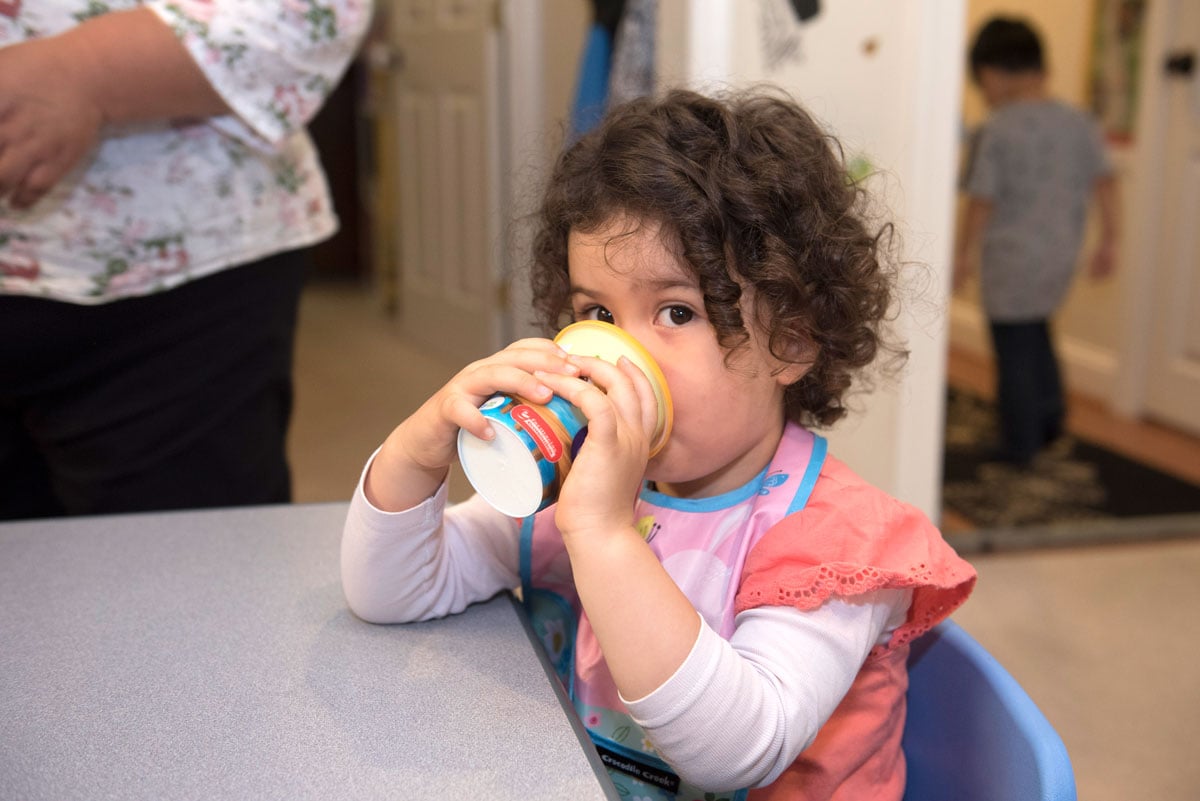
When the Flint, MI water crisis hit the news in 2015, people around the world took notice. Hundreds of children across Flint had alarmingly high blood lead levels. Many still do. The problem was quickly traced back to lead contamination in the city’s water supply. The water that Flint’s families and caregivers used to cook, drink and bathe in was poisoning their children.
Now a new water crisis is making news, this time in Newark, NJ. Once again, families in a major U.S. city are being poisoned by lead in their environment. Newark is in the news now, but children’s blood lead levels in places like Milwaukee, Baltimore and Philadelphia are actually much higher than in Flint. And the children most in danger of lead poisoning are children from families with low incomes and children of color.
Children in families with low incomes and non-Hispanic black children are twice as likely to have high blood lead levels. Lead poisoning has life-long health consequences, including cognitive and behavior problems, delayed puberty and organ damage. If we want all children to grow up healthy and ready to succeed, we need to protect them from lead exposure wherever they live, learn and play.
How Does Lead Exposure Happen?
When we hear the term “lead exposure,” we often think about paint in older homes. About half the states in this country require child care facilities to be free of chipped and peeling paint. That’s an important step for preventing lead exposure. But what about lead where we can’t see it? If providers think only of chipping paint, they risk exposing children to lead in other ways.
Like Flint, many communities have old lead water lines. If the water is not properly treated, it can corrode the pipes and cause lead to leach into the water. It's important that children stay hydrated. Yet, when preschoolers gulp down water on the playground or infants drink formula prepared with water, lead contamination can put their little brains and bodies at risk.
Lead dust may also lurk in older buildings, even if they are free of chipped and peeling paint. Opening and closing old painted windows can generate fine, often invisible lead dust. Children breathe in the dust or ingest it when they put toys or fingers in their mouths. While regular mopping and vacuuming helps, lead dust can remain behind baseboards and in the cracks and crevices that little hands love to explore.
It is easy to miss lead contamination in soil. Dust and paint chips from a building’s exterior can mix into the surrounding soil. Lead from demolished buildings or leaded gasoline can remain in the soil for decades. That makes soil contamination a risk even in newly-constructed child care facilities. As we promote outdoor play and activities like gardening, we need to make sure the soil kids play in is safe.
What can CCR&Rs do?
- Include information about lead in your consumer education materials. Highlight the dangers of lead exposure and what families should look for and ask about when they visit child care facilities. Take a look at our checklists for selecting a child care program. They ask some questions about environment.
- Build information about lead in paint, water and soil into pre-licensure resources for all new child care providers. Tell providers how they can access lead testing and remediation services so providers can make sure their facilities are safe and lead-free.
- Incorporate lead exposure prevention into quality coaching and quality improvement initiatives. If you are working with providers to build fruit and vegetable garden, advise them to get their soil tested. Or, they can plaint in raised beds or containers with safe soil.
- Advocate for funding to support lead testing and abatement in child care facilities, especially in communities with low incomes and communities of color. Providers may be hesitant to test for lead in their homes or buildings because of concerns about the cost of fixing the problem. Work with CCAoA to build a story map that illustrates lead exposure risks for providers in your state and makes the case for policy change.
- Learn more about lead service line replacement and how it affects child care providers. Replacing old lead water lines is an important but very expensive way to ensure safer drinking water in homes and child care facilities. If your community is considering replacing lead service lines, make sure your CCR&R and local providers are involved in those conversations.
Editor’s Note: This post was originally published in April 2019, but has since been revised for accuracy, and additional relevant resources have been added.






